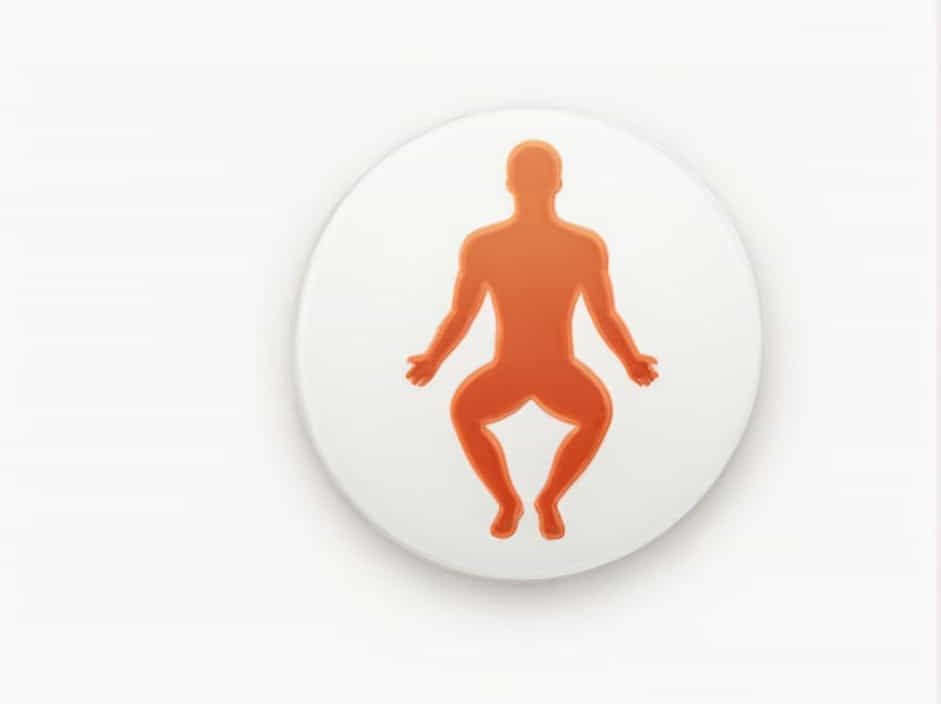The erector spinae muscles are a group of muscles running along the spine, responsible for posture, spinal stability, and movement. When these muscles contract bilaterally (on both sides), they help in spinal extension (leaning backward). However, when contraction occurs unilaterally (on one side only), the movement and effects differ.
Understanding unilateral contraction of the erector spinae muscles is essential for anyone involved in fitness, physical therapy, or rehabilitation. This topic will cover the anatomy, functions, biomechanical effects, common issues, and exercises related to this muscle action.
Anatomy of the Erector Spinae Muscles
The erector spinae is a deep muscle group located on both sides of the spine. It consists of three major muscles:
- Iliocostalis – The outermost muscle, running from the pelvis to the ribs.
- Longissimus – The longest muscle, extending from the lower back to the skull.
- Spinalis – The closest to the spine, supporting spinal extension.
These muscles work together to extend, rotate, and laterally flex the spine.
What Happens During Unilateral Contraction?
Primary Movements
When the erector spinae contracts on one side only, it leads to:
- Lateral flexion (side bending) of the spine toward the same side.
- Slight spinal rotation depending on the activation of deeper muscles.
- Stabilization to prevent excessive movement during dynamic activities.
Effects on Posture and Movement
- Unilateral contraction is crucial for maintaining balance when bending to one side.
- It helps in counteracting forces from carrying loads asymmetrically (e.g., holding a bag on one shoulder).
- It assists in athletic movements like golf swings, tennis strokes, and throwing motions.
Biomechanical Effects of Unilateral Erector Spinae Activation
1. Lateral Flexion of the Spine
- The same-side erector spinae muscles contract to bring the torso toward that side.
- Other muscles like the quadratus lumborum assist in maintaining balance.
2. Spinal Stabilization
- When walking or running, one side contracts to stabilize the lower back and prevent excessive movement.
- Core muscles, including the obliques and transverse abdominis, help in preventing overuse or strain.
3. Asymmetrical Load Management
- Activities like carrying groceries on one side require the erector spinae to counterbalance the load.
- Prolonged unilateral contraction can lead to muscle imbalances, affecting posture and movement patterns.
Common Issues Related to Unilateral Erector Spinae Contraction
1. Muscle Imbalances
- Overuse on one side can lead to postural distortions, such as a tilted pelvis or scoliosis-like curvature.
- Can cause chronic lower back pain if not properly addressed with balanced exercises.
2. Lower Back Pain and Stiffness
- Prolonged unilateral contraction can result in tightness and discomfort in the lower back.
- Poor posture, such as sitting with a shifted weight to one side, can exacerbate this issue.
3. Spinal Misalignment
- If one side of the erector spinae is significantly stronger, it can cause uneven stress on the spine.
- This can contribute to disc compression and nerve irritation.
Exercises to Strengthen and Balance the Erector Spinae
Maintaining a strong and balanced erector spinae helps prevent pain, improve posture, and enhance athletic performance.
1. Side Planks (For Core and Lateral Stability)
- Lie on your side, supporting your body with your elbow.
- Engage the core and lift your hips, keeping a straight line.
- Hold for 20-30 seconds per side.
2. Single-Arm Deadlifts (To Strengthen One Side at a Time)
- Hold a dumbbell in one hand and perform a hinge movement at the hips.
- Keep the back straight and engage the core.
- This targets the erector spinae and stabilizers asymmetrically.
3. Bird-Dog Exercise (For Spinal Stability)
- Get on all fours and extend one arm and the opposite leg.
- Keep the core engaged to prevent hip tilting.
- Hold for a few seconds before switching sides.
4. Side Bends with Dumbbells (For Controlled Lateral Flexion)
- Stand upright and hold a weight on one side.
- Slowly bend toward that side while keeping the core tight.
- Return to an upright position without using momentum.
5. Unilateral Back Extensions (To Target One Side at a Time)
- Lie face down on a back extension bench.
- Extend the torso using one side of the lower back while the other side remains relaxed.
- Slowly return to the starting position.
Preventing Injuries from Unilateral Contraction
1. Balance Strength on Both Sides
- Ensure that both sides of the erector spinae are equally trained.
- Incorporate bilateral exercises like deadlifts and squats.
2. Improve Core Strength
- A strong core stabilizes the spine and prevents overuse of the erector spinae.
- Include planks, Russian twists, and leg raises in workouts.
3. Avoid Overuse of One Side
- Carrying heavy loads on one side only can lead to chronic imbalances.
- Switch sides frequently to distribute stress evenly.
4. Stretch Regularly
- Perform spinal mobility exercises to release tension.
- Stretch the erector spinae, obliques, and hip flexors to maintain flexibility.
The unilateral contraction of the erector spinae muscles plays a crucial role in lateral flexion, spinal stability, and movement coordination. While this function is essential for daily activities and athletic performance, imbalances, overuse, and improper posture can lead to discomfort and injuries.
By incorporating strength training, core stabilization, and flexibility exercises, individuals can enhance spinal health, prevent pain, and improve functional movement. Whether you’re an athlete, a fitness enthusiast, or someone recovering from back issues, understanding and maintaining the balance of your erector spinae muscles is key to overall well-being.
